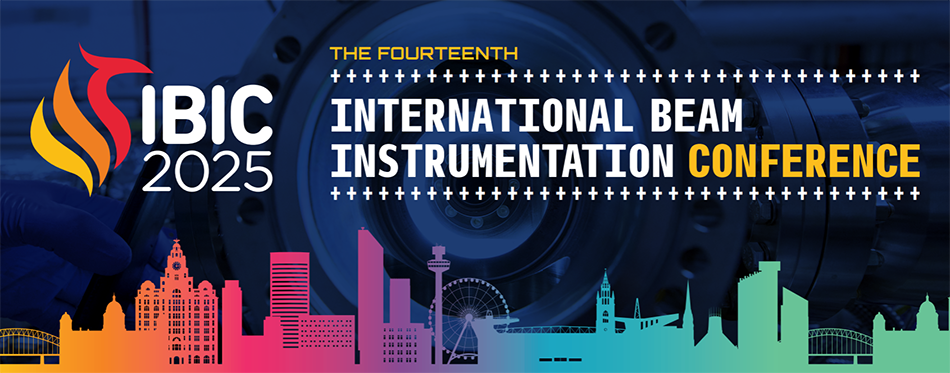Speaker
Description
Information on the longitudinal phase space (LPS) is essential for tuning injectors that deliver a few-femtosecond electron bunches to beam–plasma interaction experiments and ultrafast diffraction facilities. Direct time–energy characterization, however, is challenging due to the limited resolution of conventional diagnostics. To address this, we apply a tomographic algorithm that uses a booster cavity and a downstream dipole spectrometer to indirectly reconstruct the LPS. A phase scan of the booster cavity adjusts the longitudinal chirp, while the dipole converts the correlated energy spread into a transverse distribution on a screen. An iterative algorithm then retrieves the time–energy distribution. Particle tracking simulations confirm that the method successfully reconstructs the LPS structure. Our next step is to verify the technique on the actual beamline, compare the LPS measured using an RF deflecting cavity with the reconstructed distribution, and use the results to guide injector tuning. We also discuss the potential application of the LPS tomography algorithm developed in this study to non-relativistic ion beams, using a re-bunching cavity and a bunch shape monitor.
| I have read and accept the Conference Policies | Yes |
|---|

